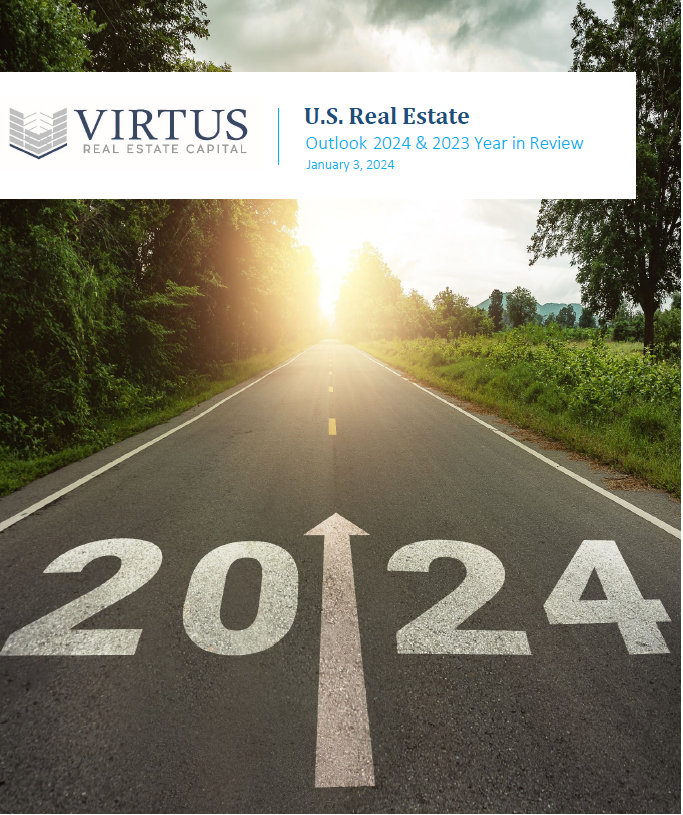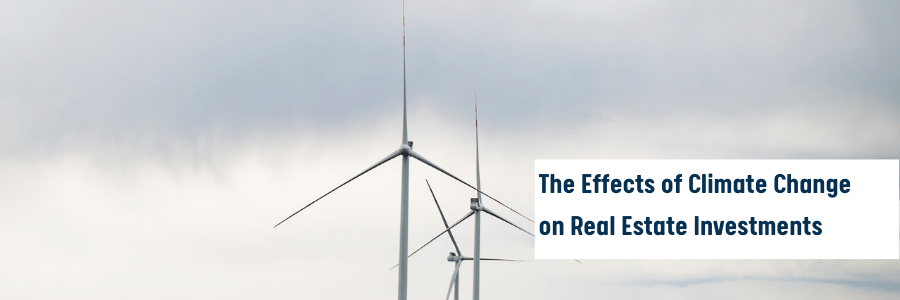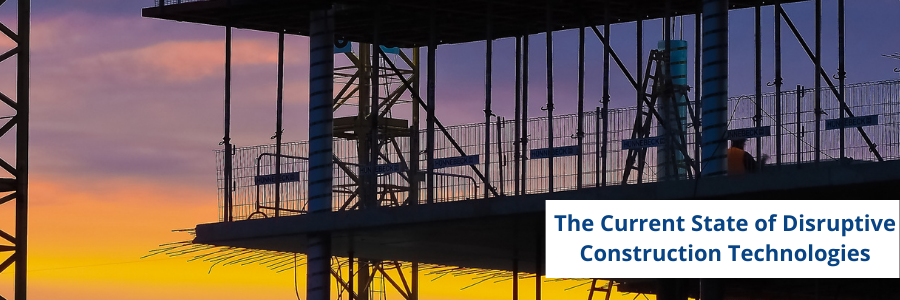Cycle-resilient property segments performed better during the Global Financial Crisis, and in our current COVID reality, they are doing so again.

This is an ongoing series. To start at the beginning, click here.
Cycle-resilient property segments performed better during the Global Financial Crisis, and in our current COVID reality, they are doing so again.
Yet, despite their outperformance, due to the unique nature of these asset types, there is always distress on the fringes. In a post-COVID world, that distress will only become more widespread. In this four part series, we’ll examine this unprecedented opportunity in “resilient distressed” segments.
In the third part of this series, we’ll look at the three types of owners from which we find most of our distressed opportunities.
Distress by Owner Type
Over the years, we have found most of our distressed opportunities from three types of owners: (1) small “mom and pop” owners; (2) very large owners; and (3) owners who are new to that property segment. The mom and pops typically struggle with a lack of resources and know-how. Although they can be more hands-on than most bigger owners, they often do not employ best practices when it comes to operations, they lack economies of scale advantages, and they typically do not have deep pockets to defend a struggling asset. Between 2008 and 2013, we bought numerous distressed self-storage properties throughout the southeast U.S. in the $30 – $50 psf range from smaller owners, many of whom had over-built properties due to the GO ZONE tax incentives available at the time (very similar to the Opportunity Zone incentives in recent years), and who struggled to run the properties as effectively as more sophisticated operators.
Large owners, on the other hand, usually have resources and economies advantages, but they rarely get into the details at the property level. We have seen this from large private market investment managers and from publicly traded REITs. The bigger the organization, typically the more removed from the asset they tend to be. Although 30,000 ft asset management may work well in more traditional property types, it does not work so well in these more operationally intensive and fragmented property segments. Further, the publicly traded REITs often set their operational strategy to support quarterly earnings, and more specifically, Funds from Operations (“FFO”). As such, if a property underperforms or detracts from FFO even temporarily, a REIT may be more likely to dispose of the asset, even at a reduced value. The other challenge for large owners is there are so few people overseeing assets in an effort to cost contain, that it makes it very difficult for these owners to turnaround a property that goes sideways. They are more designed to fulfill a caretaker’s role than a turnaround specialist’s role. For example, in 2018 we purchased two Class A MOBs (2007 vintage) adjacent to a growing and healthy hospital campus from one of the largest healthcare REITs in the country for 50% of their cost basis from just three years prior. They experienced some bad luck and had made three simple mistakes managing and leasing the properties, causing the occupancy to fall from 100% to 33% (in a 96% occupied sub-market). This is almost unheard of in MOB, the most resilient of all CRE segments. We were able to infuse fresh capital at half their basis and at less than half of replacement cost and turnaround these two high-quality properties in relatively short order leading to significant NOI growth and value creation.
Lastly, we see generalist investors dabbling in our property types or new entrants coming into our property types for the first time very regularly. That rate has increased in recent years due to the desire of accessing these more resilient segments during the late cycle investing period. This can be small or large investors. For example, seven of the ten largest PERE fund managers in the U.S. have entered at least one of our targeted property types for the first time in the last five years. When a new player enters these more nuanced and idiosyncratic asset classes, it is easy to step on a landmine if they do not live and breathe that property type every day. This is very common in student housing and senior living where we have bought distressed properties through the years, often from traditional multifamily owners who want to get into these more demographic driven asset classes. They often try to apply the typical multifamily playbook, but student housing and senior living operations are radically different.
Related to these owners will be their lenders, which we have been and will continue to target directly. We source from owners and lenders in our targeted markets, and we will also work with brokers and bankers as they help lenders expunge non-performing or under-performing notes, short sales, and REO. We have also made combination bond purchases at a discount to par with a simultaneous equity recap.










